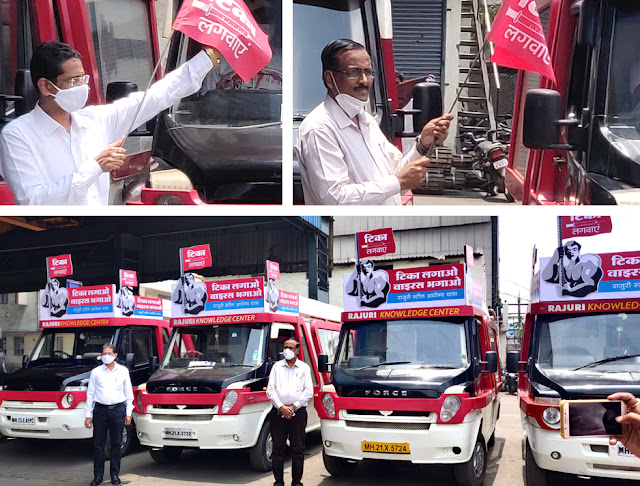Industry 4.0: Transformer of The Steel Industry
Industry 4.0 refers to the latest industrial revolution that follows three earlier ones. The first industrial revolution happened in the mid-18th century till about 1830 and marked the shift from hand production to steam-based machinery. The second occurred between 1870 and 1914 with the birth of electricity and the telegraph. The third was brought about by information and computer technology in the 20th century.
How does Industry 4.0 work?
Industry 4.0 is based on cutting-edge technologies that
enable digital transformation. Artificial Intelligence (AI), Machine
Learning (ML), and the Internet of Things (IoT) form the core of Industry
4.0. Digitalization is a pre-condition for Industry 4.0, but Industry 4.0 is
much more than digitalization!
IoT sensors
placed on machines and other equipment monitor performance in real-time and
send vast amounts of data to ML models, which analyze big data and fine
patterns in operation to learn how the system works. The ML model sends
analyzed data to the AI solution. AI is the brain of operations; it
structures analyzed data and finds ways to improve operational performance and
efficiency. Hence, these three technologies together generate valuable insights
that can take manufacturing, production, and management to another level.
How Industry 4.0 can transform the Steel Industry
• Vertical integration and networked production systems: such as Cyber-Physical Production System
• Horizontal integration: intensive networking and communication of all plants and along the complete supply chain
• End-to-end engineering: such as an intelligent product with knowledge of its own quality and production history
• 100% traceability of intermediate and final products
• Industrial IoT (IIOT) platform: centralizes data from multiple sources and structures the data for analysis, minimizing the need for different programs
• Digital Twinning: creating virtual models of entire production lines, products, services, or business processes to optimize assets and manufacturing, using data collected from IoT sensors
• Virtual reality (VR): to enable enhanced safety training that would otherwise be too dangerous
Thus, the technologies of Industry 4.0 will drive radical
changes in the steel industry in the aspects of manufacturing processes,
resource utilization, waste minimization, production, cost savings, and
business management. It will empower steel companies with higher levels of
productivity and efficiency, and transform the steel industry as a whole.
·
.png)



Comments
Post a Comment